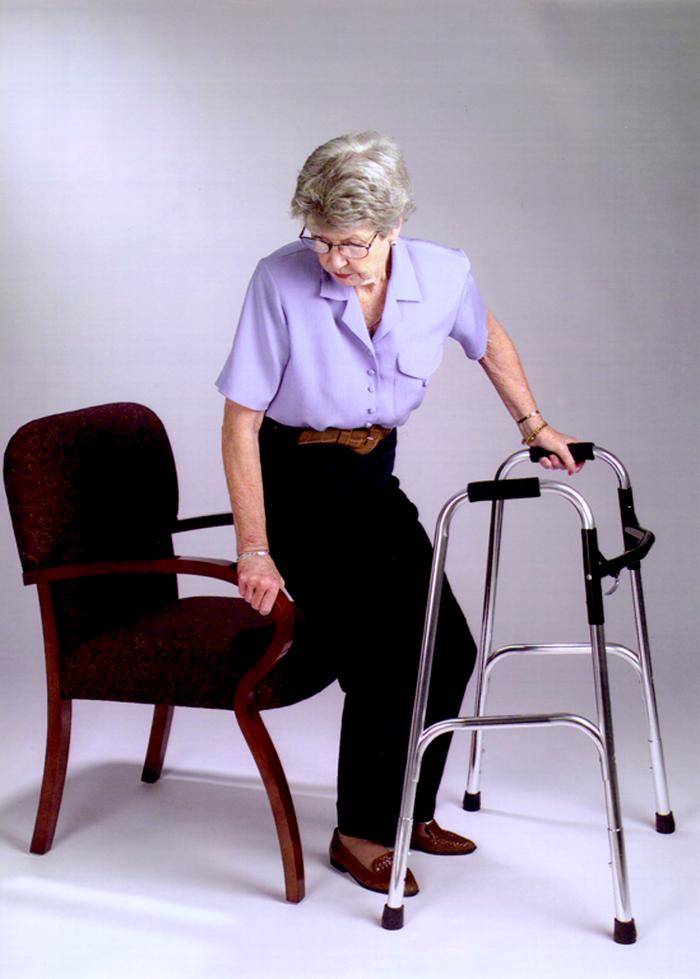Those in need of physical therapy are not always in a position to travel to an office to book appointments and receive treatment. During some recovery and rehabilitation processes, patients are unable to effectively move or transport themselves without assistance, which isn’t always available to begin with. To ensure that these incapacitated patients receive the attention and care they need, there exist physical therapists who opt into homecare.
Patients whose recovery process are more complex and longer in duration include those who have suffered from a stroke, recently undergone surgery, have difficulty walking, suffer from heart conditions, suffer from memory problems, or have general transportation issues and obstacles. These individuals who are unable to reach a facility can still benefit from therapy by contacting and arranging appointments with in home physical therapists, who will accommodate the patient accordingly. Physical therapists who are available for in home care have the necessary means of transportation both for themselves and the equipment they need to ensure that a patient receives the best rehabilitation program possible given their incapacitation.
Some patients may only ever be able to receive in home care given transportation issues, but others whose dependency is based on a temporary physical limitation can transition during their recovery process from in home care to office based care. For many patients, this marks a considerable milestone on the road to recovery, though many patients fear they will have to switch therapists should their physical abilities change. Yet physical therapists offering in home services can commit to a patient’s entire rehabilitation process, agreeing to offer in home care to maintain patient comfortableness and convenience. Therefore patients who experience a swift recovery process need not worry about losing their relationship with their therapist.
In home physical therapy is the best option for patients whose injuries and ailments have left them unable to reach physical therapy offices. No patient should be deprived of the treatment they need to recover, and thanks to the convenience and availability of in home physical therapy, no patient has to be.







